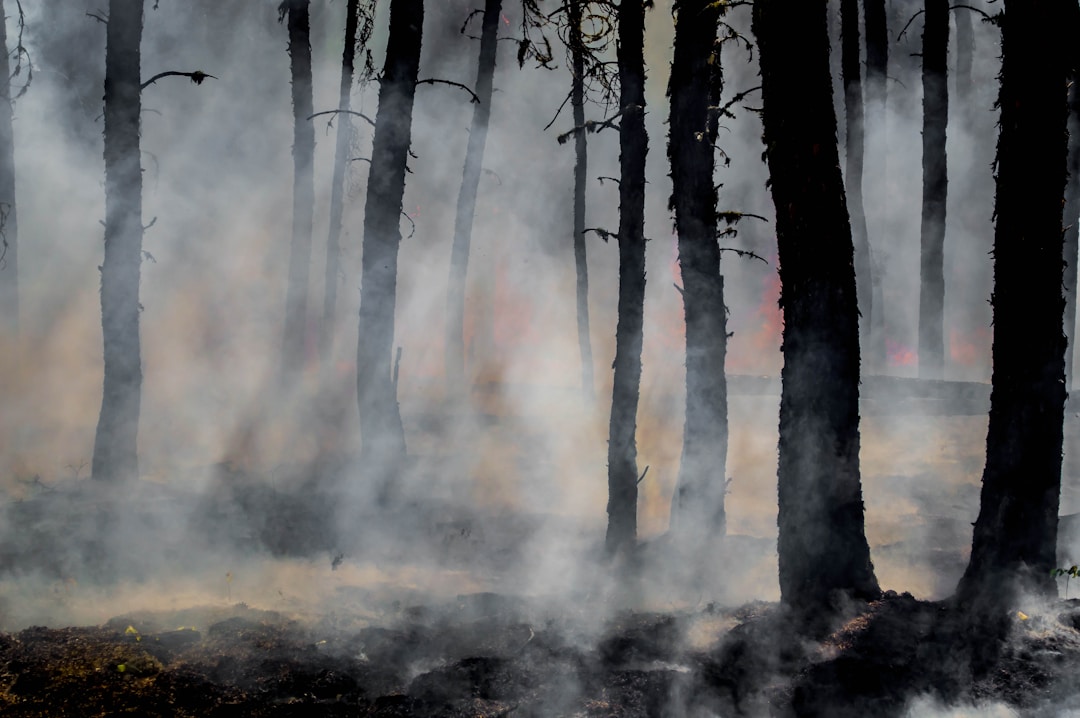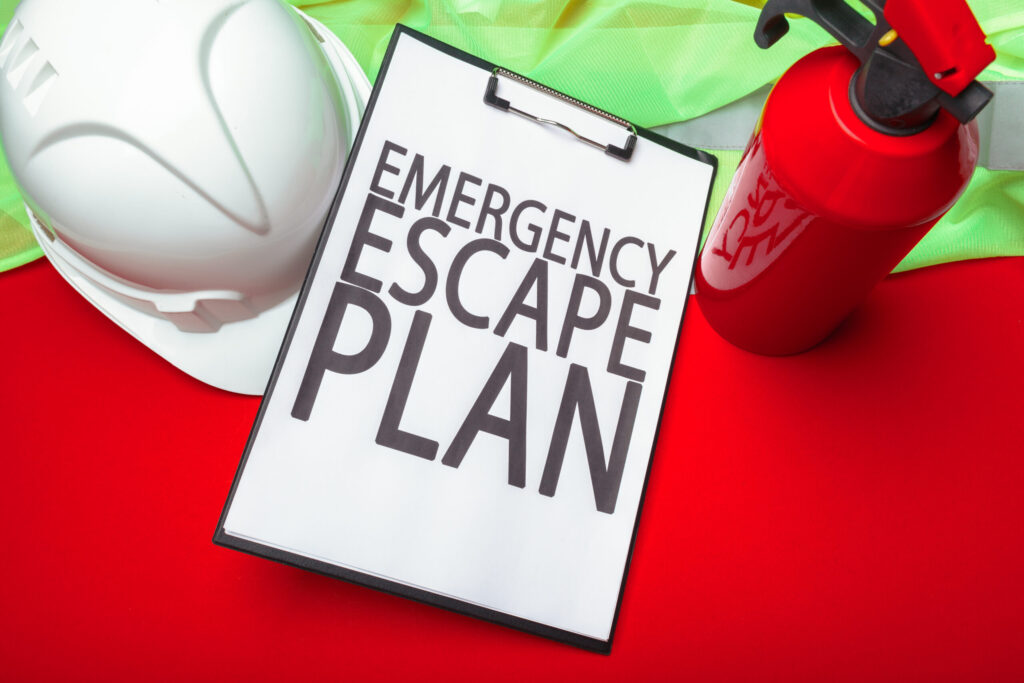We live in an era where natural disasters are becoming increasingly prevalent and destructive. Hurricanes, floods, earthquakes, and wildfires can strike at any moment, wreaking havoc on communities and challenging our resilience. Despite the unpredictable nature of these events, there’s a lot we can do to mitigate their impacts. This article aims to equip you with practical strategies for natural disaster preparedness, ensuring you have a proactive approach that reduces risk and promotes safety during such challenging times.
Food and Wellness Provisions

One of the first steps in disaster preparedness is ensuring you have a sufficient stock of food and wellness provisions. Non-perishable items are usually the go-to in these situations. However, in today’s health-conscious world, there’s an increasing shift toward products that offer nutritional value without compromising on shelf-life.
An excellent example of such a product is the Morning Kick, available at https://roundhouseprovisions.com/product/morning-kick/. This survival drink formula is designed to support healthy digestion, energy levels, and overall wellness, making it an ideal addition to any disaster preparedness kit. Just mix it with 8 fl. oz. of water, and you have a nutritious, refreshing drink that helps boost concentration and provides nutrition. The Morning Kick ensures you and your family can maintain health and vitality during disaster situations, offering much-needed energy and resilience to navigate tough times effectively.
Financial Readiness and Insurance
While we often think of disaster preparedness in terms of physical resources like food, water, and emergency supplies, financial preparedness is just as important. One key aspect of financial preparedness involves getting adequate insurance coverage.
For example, if you live in an area prone to flooding, having flood insurance can mean the difference between a swift recovery and long-term financial hardship. Flooding can cause extensive damage to property and possessions. Traditional homeowner’s insurance policies often don’t cover this type of damage, making flood insurance a critical safety net. Not only does flood insurance cover the cost of repairing your home, but it also helps replace any personal belongings lost in the flood. This additional protection can provide peace of mind and financial security when you need it most.
Home and Community Preparedness

Ensuring that your home is adequately fortified against potential natural disasters is a proactive step you can take. This might involve retrofitting your house to withstand earthquakes or elevating it to prevent flood damage. It’s also crucial to have a clear evacuation plan in case you need to leave your home quickly.
Community preparedness is equally essential. Natural disasters affect whole communities, so collective preparedness efforts can go a long way in mitigating their impact. Participating in community disaster response training, sharing resources, and collaborating on emergency plans can enhance everyone’s safety and resilience.
Maintaining Essential Communication
In the aftermath of a natural disaster, communication systems can be severely disrupted, making it difficult to contact loved ones or receive critical updates. Thus, having a backup communication plan is crucial. This might include investing in a battery-powered or hand-crank radio to receive news broadcasts, maintaining a list of emergency contact numbers, and setting up a predetermined meeting point for your family in case you get separated.
Overall, natural disaster preparedness is a multifaceted undertaking that involves both physical resources and strategic planning. Ensuring adequate food and wellness provisions, such as the Morning Kick, can support your family’s health and vitality during challenging times. Financial readiness, including securing flood insurance, can provide crucial protection against potential economic hardship. Home fortification and community collaboration can enhance safety and resilience while maintaining effective communication methods that can keep you informed and connected. By embracing these practical strategies, we can navigate the uncertainties of natural disasters with greater confidence.









